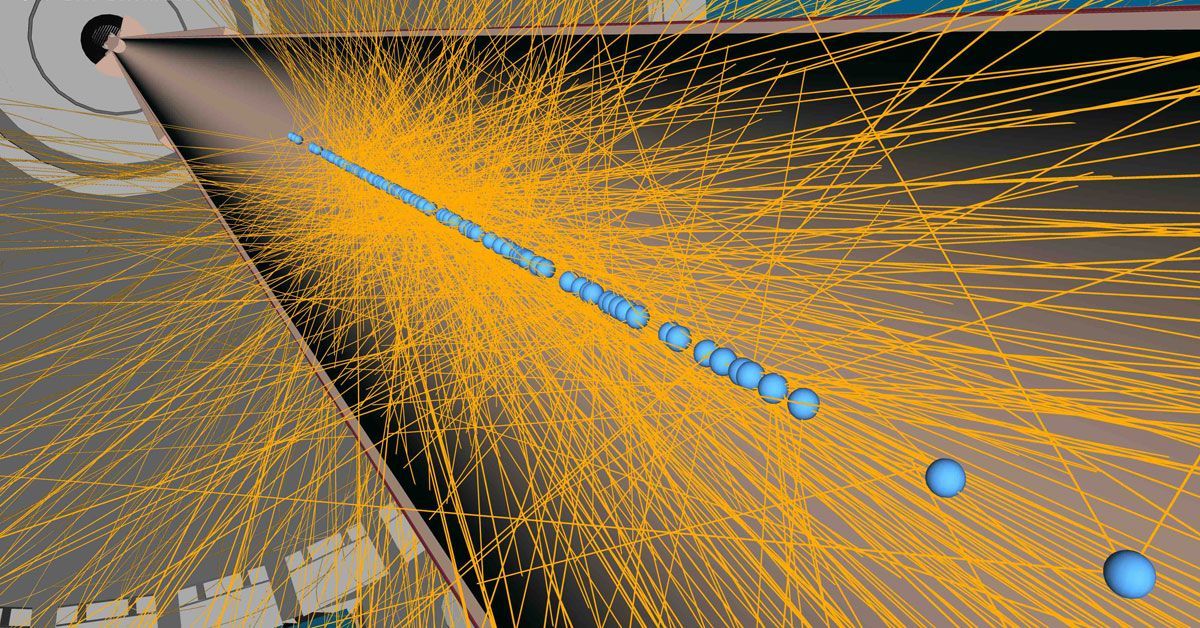San Diego Supercomputer Center, UC San Diego Join Federal Effort to Train Next-Gen Physics Workforce
Story by:
Published Date
Article Content
San Diego Supercomputer Center (SDSC) at UC San Diego is part of a new $3.2 million consortium funded by the U.S. Department of Energy (DOE) Office of Science to train the next generation of computational high-energy physicists.
The new Western Advanced Training for Computational High-Energy Physics (WATCHEP) brings together six public universities and three national laboratories to create a tailored modular curriculum and offer intensive research opportunities during a two-year training period for graduate students. The specific training areas are hardware-software co-design, collaborative software infrastructure, and high-performance software and algorithms.
Along with UC San Diego and SDSC – a national leader in high performance computing and cyberinfrastructure – are the following consortium participants:
- UC Berkeley,
- UC Irvine,
- UC Santa Cruz,
- Oregon State University,
- University of Washington,
- Brookhaven National Lab,
- Fermilab and
- Lawrence Berkeley National Lab.
As physics and astrophysics experiments collect more data for high-precision measurements, researchers are depending on large-scale computing infrastructure and high-performance computing algorithms. Many collaborations have dedicated experts in advanced computing technologies who are also experts in particle physics.
SDSC’s Director Frank Würthwein, a particle physicist and an expert in high throughput computing, is directly involved. “The future of science depends on people that are equally fluent in science and cyberinfrastructure,” Würthwein said. “This program is a step toward developing that crucially needed workforce.”
Other UC San Diego researchers from the Department of Physics involved in this effort include Professor Kaixuan Ni, Associate Professor Kam Arnold and Assistant Professor Javier Duarte.
“UC San Diego physicists are leaders in all three technical areas, especially hardware-software co-design. Our team will help equitably select trainees, mentor trainees in their cutting-edge research projects and prepare modern educational materials to create future ‘computing ambassadors’ to the high-energy physics community,” said Duarte, an SDSC research affiliate.
In a previous announcement, the DOE’s Associate Director of Science for High Energy Physics Regina Rameika said, “Future high energy physics discoveries will require large accurate simulations and efficient collaborative software. These traineeships will educate the scientists and engineers necessary to design, develop, deploy and maintain the software and computing infrastructure essential for the future of high energy physics.”
Share This:
Stay in the Know
Keep up with all the latest from UC San Diego. Subscribe to the newsletter today.




